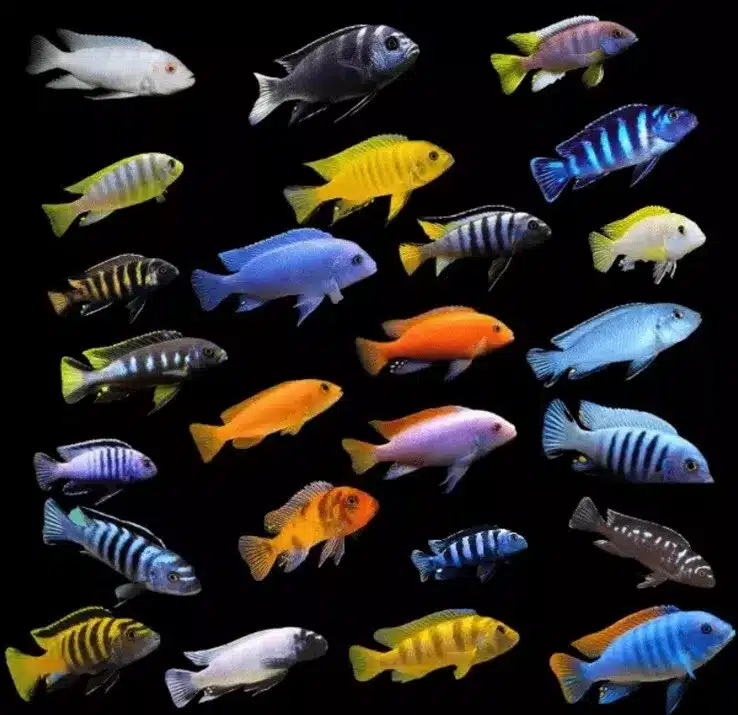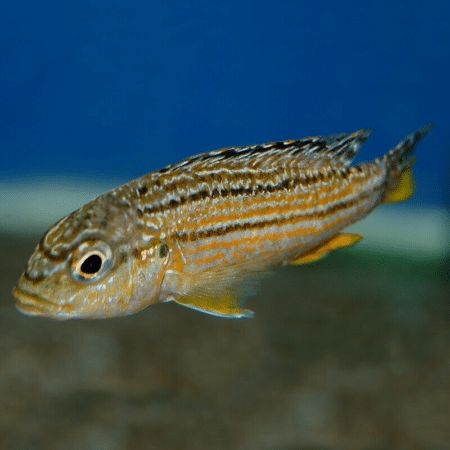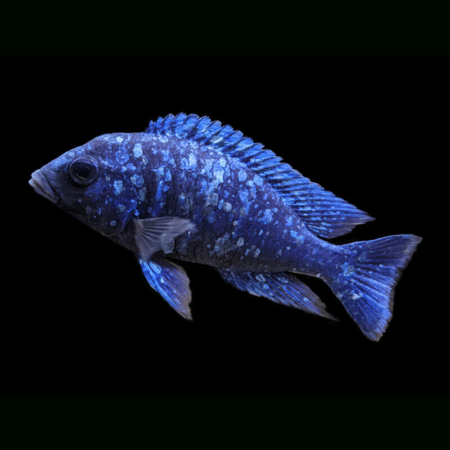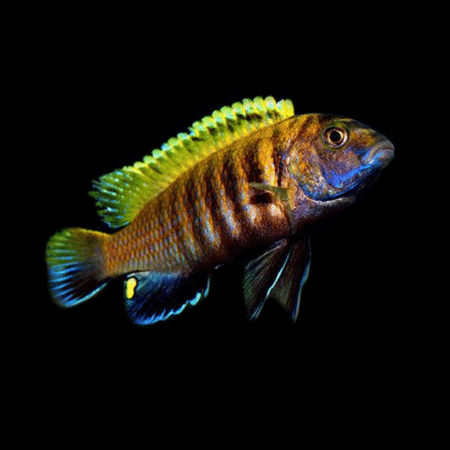To provide the best experiences, we use technologies like cookies to store and/or access device information. Consenting to these technologies will allow us to process data such as browsing behaviour or unique IDs on this site. Not consenting or withdrawing consent, may adversely affect certain features and functions.
The technical storage or access is strictly necessary for the legitimate purpose of enabling the use of a specific service explicitly requested by the subscriber or user, or for the sole purpose of carrying out the transmission of a communication over an electronic communications network.
The technical storage or access is necessary for the legitimate purpose of storing preferences that are not requested by the subscriber or user.
The technical storage or access that is used exclusively for statistical purposes.
The technical storage or access that is used exclusively for anonymous statistical purposes. Without a subpoena, voluntary compliance on the part of your Internet Service Provider, or additional records from a third party, information stored or retrieved for this purpose alone cannot usually be used to identify you.
The technical storage or access is required to create user profiles to send advertising, or to track the user on a website or across several websites for similar marketing purposes.
Red Devil Vampire Crab - Geosesarma Hagen - Decapod Crustacean 4 × £8.71


 Red Devil Vampire Crab - Geosesarma Hagen - Decapod Crustacean
Red Devil Vampire Crab - Geosesarma Hagen - Decapod Crustacean 










Emily Carter (verified owner) –
I recently ordered the 6 assorted small Malawi cichlids, and I couldn’t be happier! These little guys, each measuring between 1 and 2 inches, have brought so much life and color to my tank. After about a week of observing their interactions, I can confidently say they have great personalities! I was particularly impressed with how healthy and vibrant they arrived. They acclimated quickly and are thriving with the right fish food. Compared to other cichlids I’ve purchased online, these clearly came from a responsible source, as they seemed active and stress-free upon arrival.
As a caring fish parent, it is important for me to ensure the well-being of my fish, and these Malawi cichlids have fit seamlessly into my community tank. I do wish the packaging could be a bit more insulated for colder weather, but that’s just a minor concern. I highly recommend this purchase for anyone looking to enhance their aquarium with stunning, lively fish. Whether you’re a beginner or an experienced hobbyist, these cichlids are sure to delight!
Emily Carter (verified owner) –
I recently purchased the 6 assorted Malawi Cichlids and I couldn’t be happier! These little guys, ranging from 1 to 2 inches, added such vibrancy to my 55-gallon community tank. After just a week, their colors exploded, showcasing bright yellows, blues, and oranges that truly captured my heart. It’s wonderful to see them interact with each other; they have such lively personalities!
I’ve kept various freshwater fish before, but the Malawi cichlids are a delightful addition to my aquarium. They’ve been eating well on quality flakes and pellets specifically designed for cichlids, and I appreciate that they’re hardy little fish. While they can be a bit territorial, I’ve noticed that with plenty of hiding spots, they coexist peacefully with my other community fish.
I did have a slight concern initially about compatibility, but after doing some research, I learned that as long as I provide enough space and structure, they thrive well together. For anyone considering cichlids, I highly recommend these; they’re perfect for anyone looking to enhance their aquarium experience with colorful and interactive fish. I would buy them again without hesitation!